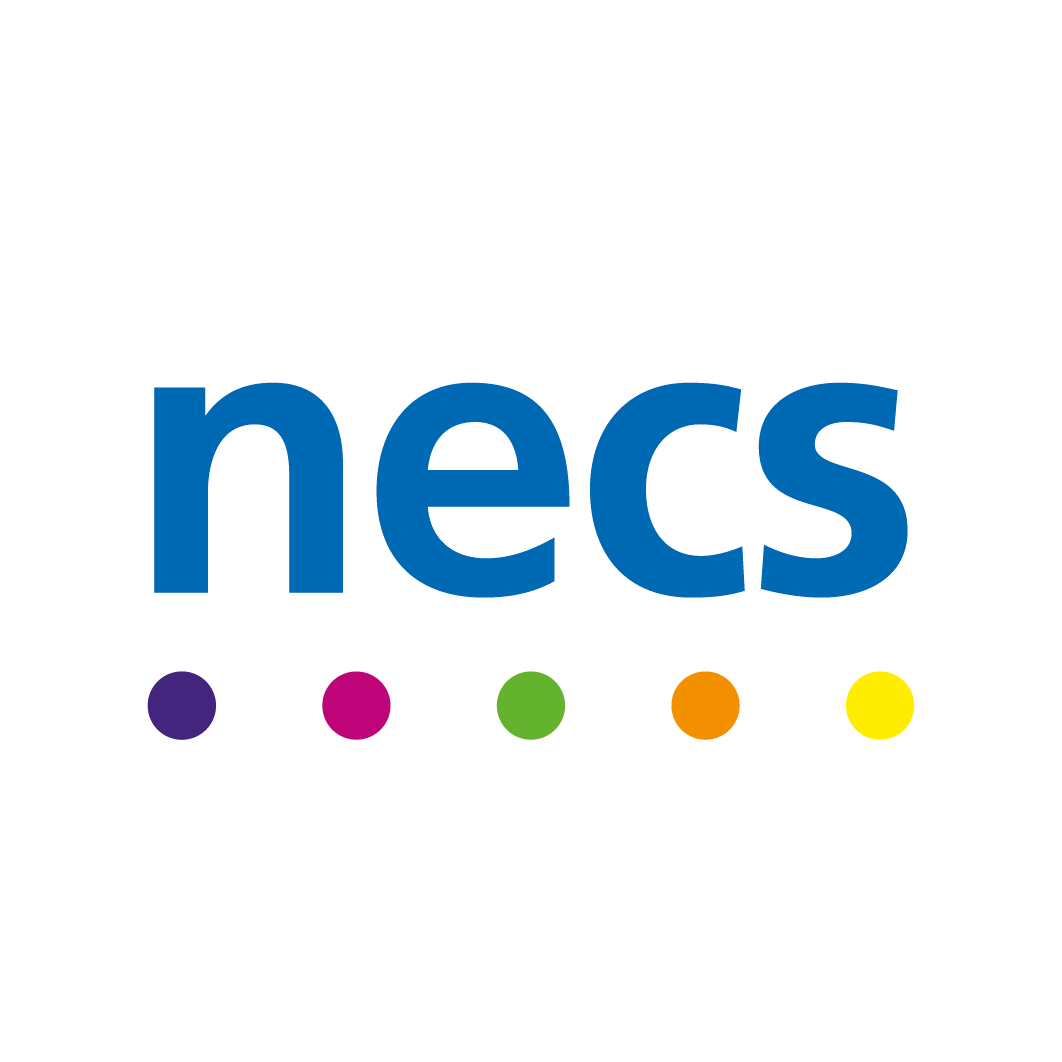Challenge
OPTICA (Optimised Patient Tracking & Intelligent Choices Application) is a secure cloud application, built by NECS in collaboration with health and social care. It tracks all admitted patients and the tasks relating to their discharge in real-time through their hospital journey.
OPTICA supports a number of key system challenges:
It maximises the use of multi-disciplinary discharge teams:
- Significantly streamlined processes save the discharge team’s time managing the Discharge Patient Tracking List (DPTL)
- Minimises manual and time-consuming back-and-forth over phone, email or through Excel spreadsheets
- Clear view of where discharges are being unnecessarily delayed.
It maximises bed capacity, minimising avoidable delays:
- Reduces avoidable delays once the patient no longer meets the ‘Criteria to Reside’
- Increases visibility into the discharge pipeline to enable better discharge planning.
It shares information:
- Brings together relevant health and social care data relating to discharges transparently in one place
- Enables collaboration at patient level to support multi-disciplinary teams (MDTs)
- Inter-operable with existing local tools and systems – not ‘one size fits all’
- Automated production of national daily SitRep.
It offers ownership of blockages and actionable intelligence:
- Comprehensive overview reports, dynamically updated, enable management and clinical teams to quickly identify the key actions that need to be undertaken
- Transparent patient tracking and discharge performance from organisation to patient-level.
It offers safe and timely discharge to the most appropriate place:
- Ensuring patients are discharged into the right place of care with the right level of support as early as possible
- Minimising delays getting patients into the right care setting
- Assess patients when their health is optimised to ensure appropriateness of care package.
NECS worked collaboratively with NTHFT as our incubator site, to develop the application, ensuring a single version of the truth was achieved to drive an efficient, collaborative way of working for health and social care teams, providing actionable intelligence to help care teams properly plan for timely discharges.
Tasks
NTHFT is well regarded for its continual high-performance compared to other Trusts regionally and nationally in terms of discharge, patient flow and length of stay. The Trust utilises OPTICA, built on the Foundry Platform, which provides real-time visibility of all admitted patients. It helps track all discharge-related tasks and enables effective planning and co-ordination of care across health and social care settings.
There is a comprehensive meeting structure in place to communicate key information, make effective decisions, build relationships, and escalate as appropriate. OPTICA’s real-time data is the key enabler for discussions and action. This empowers stakeholders to confidently make timely decisions about discharges, problem solve to unblock issues and escalate when necessary.
Having OPTICA in place enabled NTHFT to update the meeting structure in terms of numbers, time, frequency and function. As such, staff time has been released to further support the wards with actioning discharge tasks. For example, by focusing the Local Authority (LA) meeting into a 1-hour daily slot rather than ad hoc discussions, they have positively impacted on the working time of 14 staff members by releasing an average of 475 minutes of Trust staff time and 560 minutes of LA staff time per week.
Discharge is now centralised in the ICC. Previously, each pathway team kept track of discharges using their own Excel spreadsheet which had potential for variation, duplication and error. By automating these processes and bringing it together centrally through OPTICA, NTHFT has reduced the number of staff required to track discharges by 1 Whole Time Equivalent (WTE), which it has reinvested into other duties to support discharge.
Visual management is an approach that communicates important information to those that need it in a visual and immediate manner. OPTICA enables the Trust to have a real-time picture of current site activity (such as demand for beds, number of patients in hospital, number of beds available and OPEL level), displayed on virtual dashboards and accessible to all key staff within the flow and discharge processes. This empowers the ICC to make specific patient-level plans based on ‘live’ rather than historic, and often inaccurate, data.

Outcomes
To date, the benefits experienced by the Trust are:
- ‘One version of the truth’ – information for daily discharges all in one place
- Interface with TrakCare and Criteria to Reside means no longer needing to input manually into Excel spreadsheets
- Increased intelligence for patients ready for discharge and tasks required for discharge
- Supports reporting, such as the daily SitRep
- Web-based so multiple staff can access at any one time
- Permissions matrix ensures different levels of access can be set for different staff groups
- Alerts other services with required discharge tasks and escalation processes
- Fast tracks discharge paperwork
- Ensures delays and blockages to discharge are clearly visible
- Multiple admissions are clearly evident
- Visibly identifies the different pathways, thereby reducing potential for error
- Improves communication between ISPA, DLT and Bed Managers
- Earlier notification to LA to source care provider, increasing possibility of identifying same day / earlier discharges
- Option to audit discharge pathway and identify time allocated to each task
- Releases clinical time by reducing duplicate conversations.
Benefits delivered:
- 25% reduction in long length stay patients within two months of implementing OPTICA
- 50% fewer patients occupy a hospital bed for 21 days or more compared with the England average
- 80% reduction in the proportion of delays due to Trust and social care / community care interfaces for patients with a length of stay of 21+ days
- 12% reduction in long length stay patients within first year compared with national increase of 41%
- 43% fewer beds occupied by patients with a length of stay of 14+ days compared to national averages.
OPTICA has contributed to the Trust’s performance by giving clear visibility of discharge bottlenecks to the discharge team so they can action/target resources.

